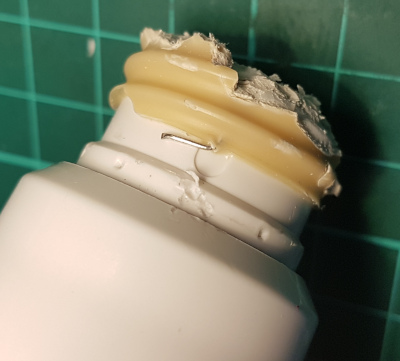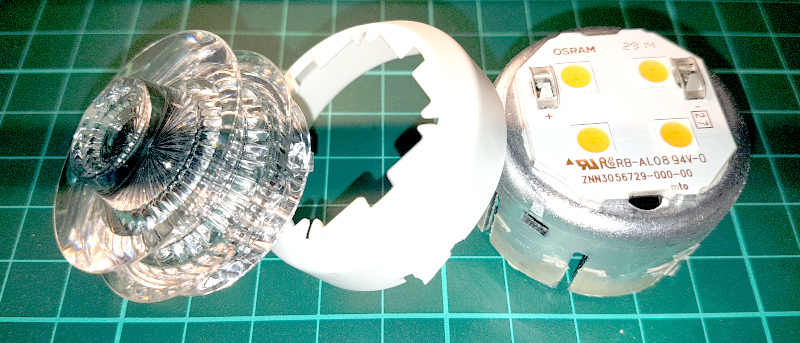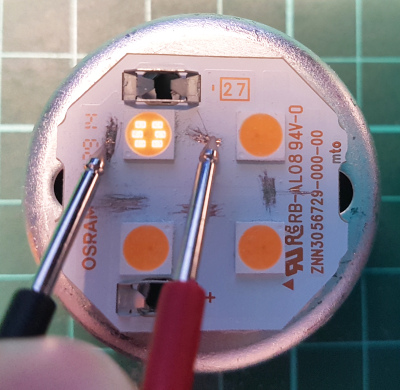What is wrong with Osram LED bulbs?
July 29th, 2023After yet another LED bulb from Osram did stop working, I wanted to take a look for the reason. In my opinion, this is an example of planned obsolescence. Why it doesn't happen to the cheapest bulbs? Ehh...
This time it was a LED Star Classic Sparkling. Unfortunately, it's too late to take a foto of the bulb in its original shape. This is how it looks in an official leaflet:

The manufacturer says: average lifetime 15 thousand hours and 100 thousand cycles. I promise you, these values are not even slightly touched. At most, the power has been cycled 4 times a day and lit for 30 minutes a day. These numbers contain already a huge margin. It would mean, at average, the bulb would have to last for at least 68 years (cycle-based) or 82 years (power-based), whatever comes first. No, this bulb is waaay younger :).
Trying to open it and get to the failed component, I had to surrender. Conclusion: don't buy it. Not only because of the likely obsolescence, not only because of being irreparable, but also because of being environmentally unfriendly. The whole electronics, including the thread and power pin, all of them are poured in potting compound, probably silicone-based. Even in order to get it recycled, it makes the effort not worth it.




The LEDs do work. Each of them consists of 6 individual LEDs, starting to glow at ca. 14V.
Next: Convert Samsung Memo to Quillnote